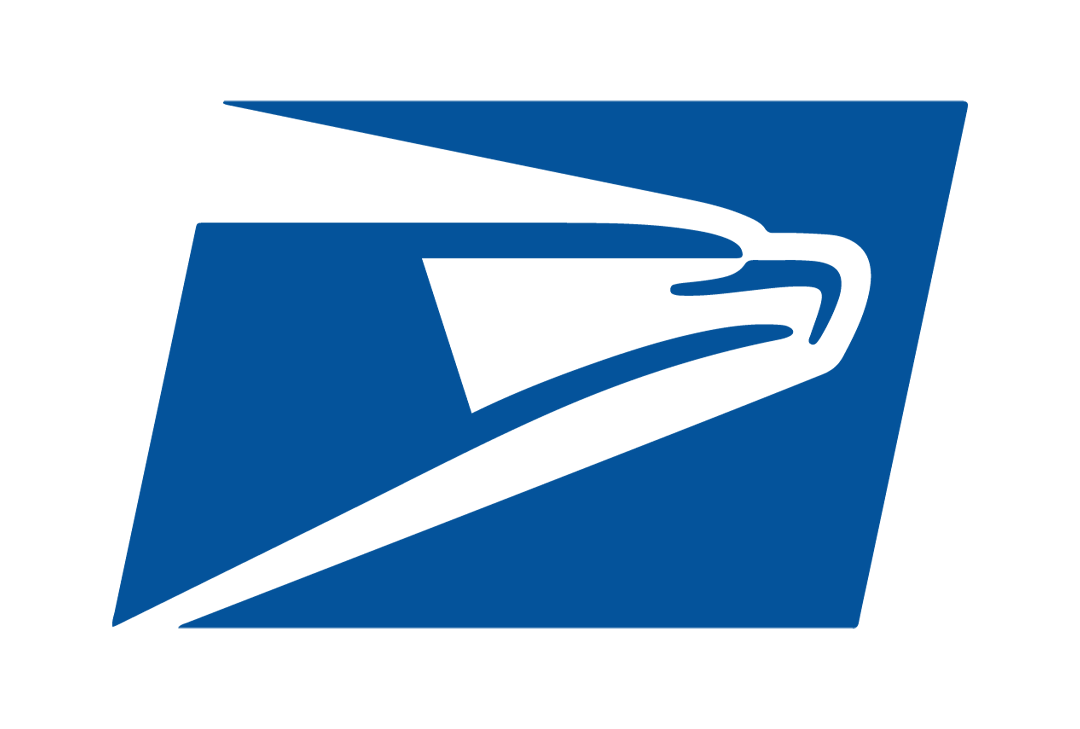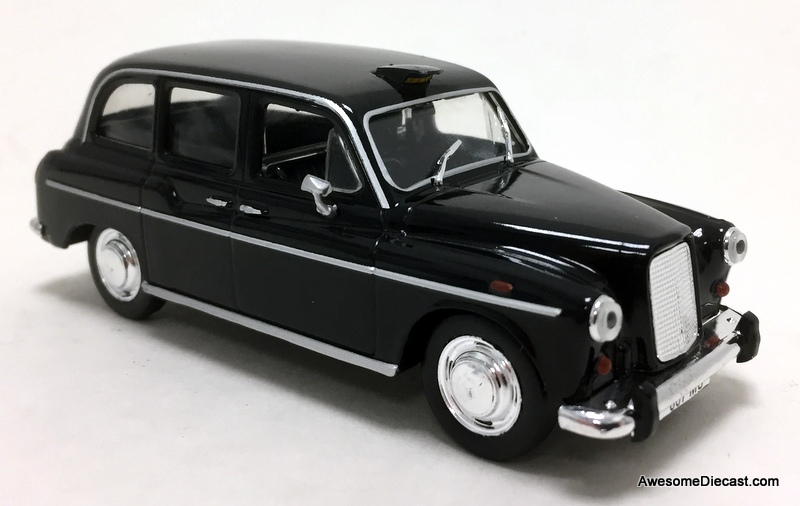The Austin FX4 is a hackney carriage (taxicab) that was produced from 1958 until 1997. It was sold by Austin from 1958 until 1982, when Carbodies, who had been producing the FX4 for Austin, took over the intellectual rights to the car. They continued production until 1984, when London Taxis International took over rights and production continued until 1997. In all, more than 75,000 FX4s were built.
The FX4 London taxi was the successor to the Austin FX3 (produced between 1948 and 1958). In its day the FX3 was the most widely used taxi in London. Like the FX3, the FX4 was designed by Austin in collaboration with Mann & Overton, the London taxi dealership that commissioned it (and paid for half of its cost) and Carbodies, the coachbuilder that built the body and assembled the cab ready for sale. The design team included Albert Moore from Austin's engineering division, Jack Hellberg from Carbodies and David Southwell of Mann & Overton. The original design was by Austin's Eric Bailey and it was engineered for production by Carbodies' Jake Donaldson. It would be the first London taxi to go into production that had four doors, since earlier London taxis had featured a luggage platform that was open to the elements on the pavement/sidewalk side in lieu of a front passenger seat.
Like the FX3, the FX4 had a separate chassis, but with independent front suspension and dual-circuit hydraulic brakes. FX4 front steering feature Ackermann steering geometry which allowed the car to make U-turns in just 7.6 m (25 ft), a requirement for the narrow roads of London.
The first FX4, registration number VLW 431, was delivered in July 1958 and went on test with York Way Motors. The official launch was later that year at the Commercial Motor Exhibition.
The first model of FX4 was fitted with a 2178 cc Austin diesel engine and a Borg-Warner automatic transmission. In 1961, the manual transmission from the Austin Gipsy was added as an option. From 1962, the Austin 2199 cc petrol engine was available. However, almost all FX4 taxis were fitted with a diesel engine and until the mid-1970s most had a manual transmission.
With the sudden demise of the intended replacement in 1969, the cab was revised and updated to address shortcomings of the original. The original Austin design had a small rear light cluster and roof-mounted turn indicators (commonly known as "bunny ears"). On the revised model, the rear wings were modified to accept the taillights and turn indicators from the MkII Austin 1100/1300. Front indicators were also provided below the headlights and repeater indicators fitted to the front wings. and "bunny ears" were abandoned. More important to the drivers of the FX4, the interior was also revised. Sound deadening, black vinyl seats and an altered partition (with an additional 4 inches of legroom) were warmly welcomed.
In February 1989 the Fairway was introduced. It was fitted with a 2,664 cc Nissan TD27 diesel engine. This made the FX4 a faster and more reliable cab. It had full wheelchair accessibility, in line with a new law that came into force in January 1989. The Fairway was the best version of the FX4 ever built, and enabled LTI to sell to overseas markets, as well as move into provincial UK markets they had not been able to tackle. Much of this increase in sales was due to local authorities insisting on wheelchair accessible cabs being used in their areas.
As part of a programme to develop a replacement model, AP Lockheed were commissioned to design and develop front disc brakes, and in conjunction, GKN designed a new suspension system to allow disc brakes to be fitted whilst maintaining the mandatory 7.6 m turning circle. These modifications were fitted to a new model, the Fairway Driver, which was introduced in February 1992. The very final Fairway made, with registration mark R1 PFX (i.e. RIP FX), was built on 1 October 1997 and was presented to the National Motor Museum, Beaulieu.





















